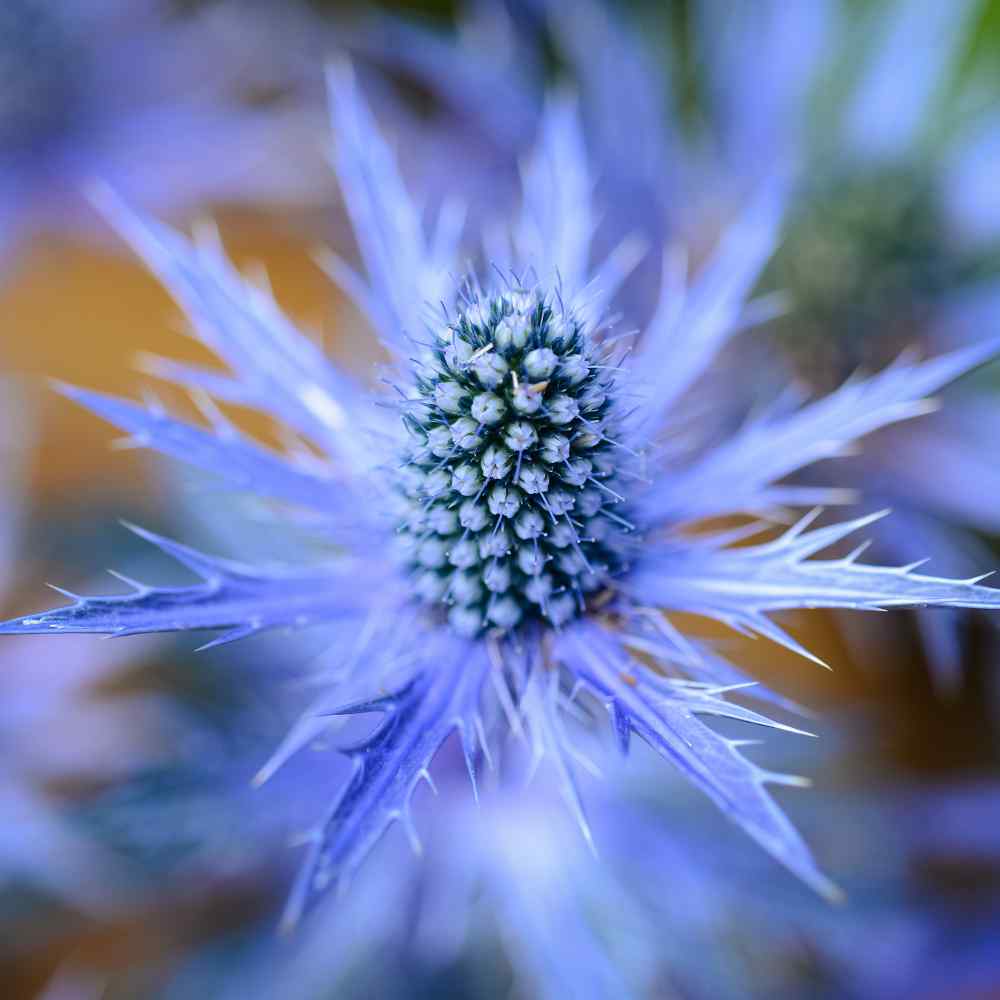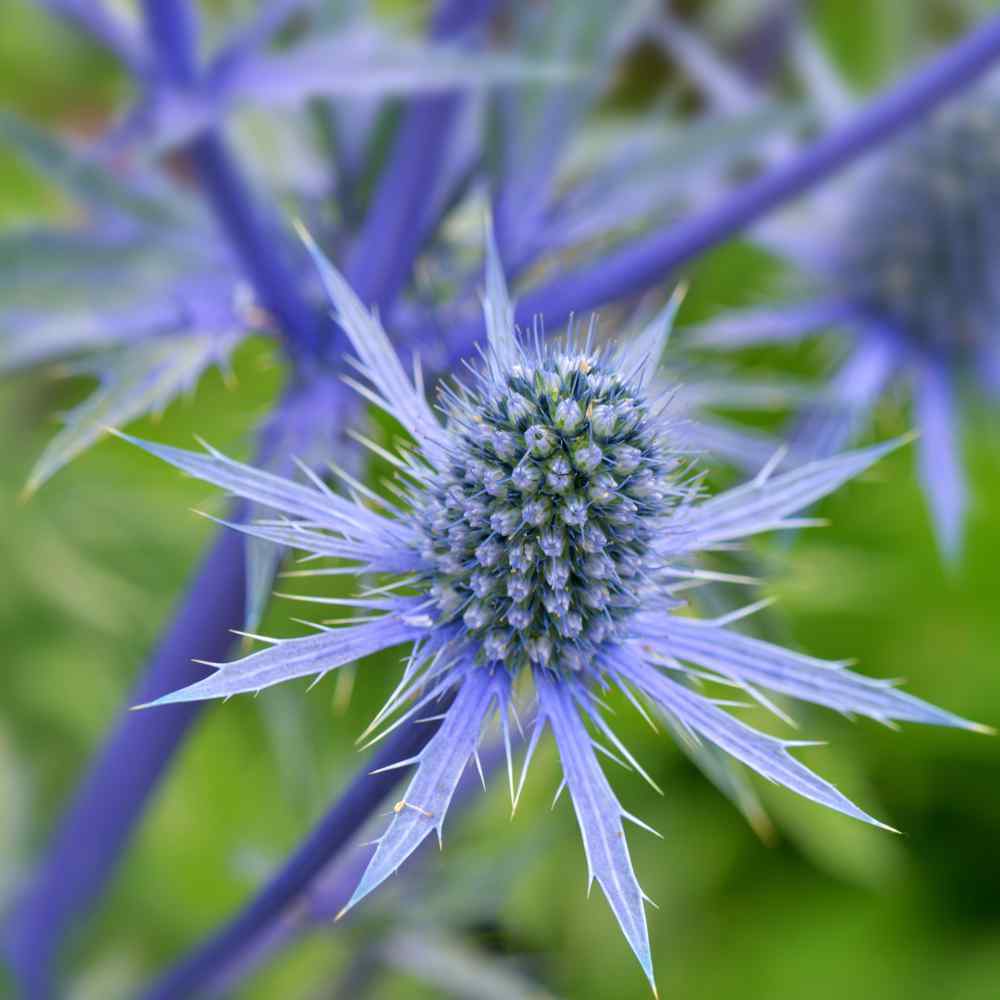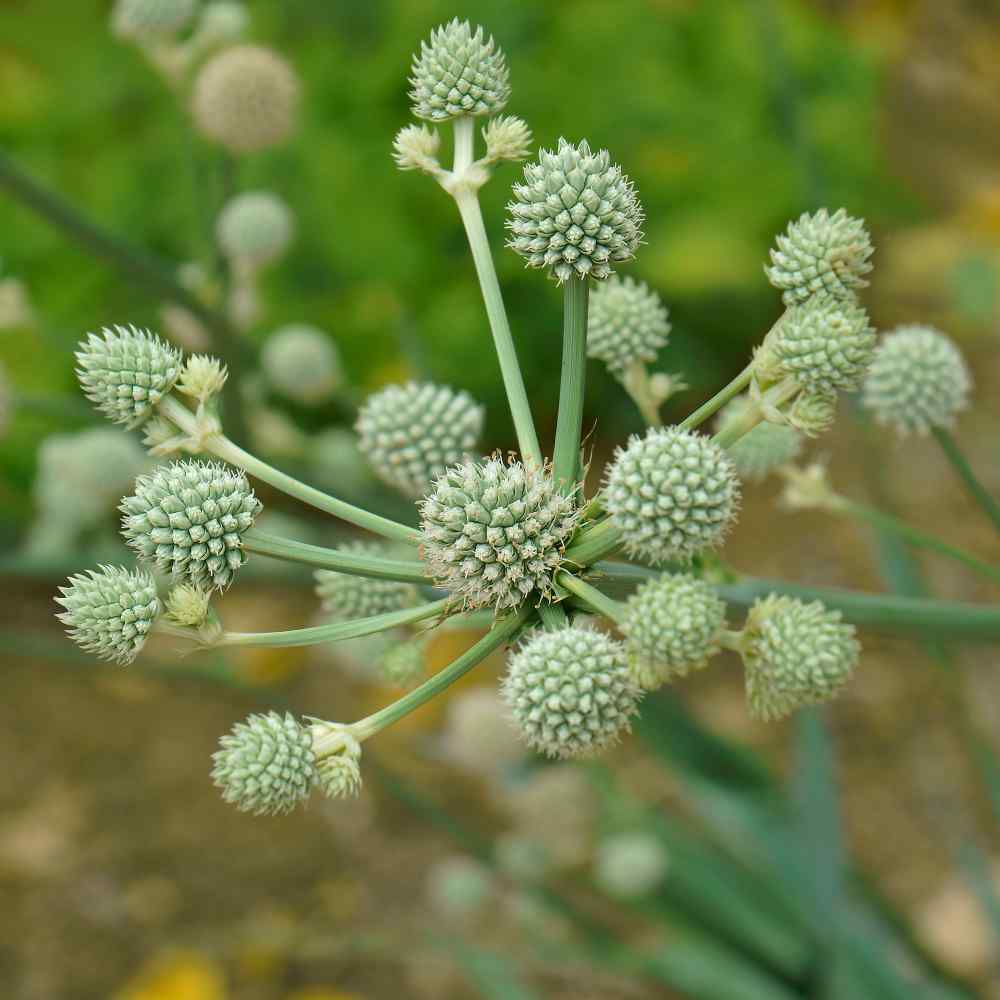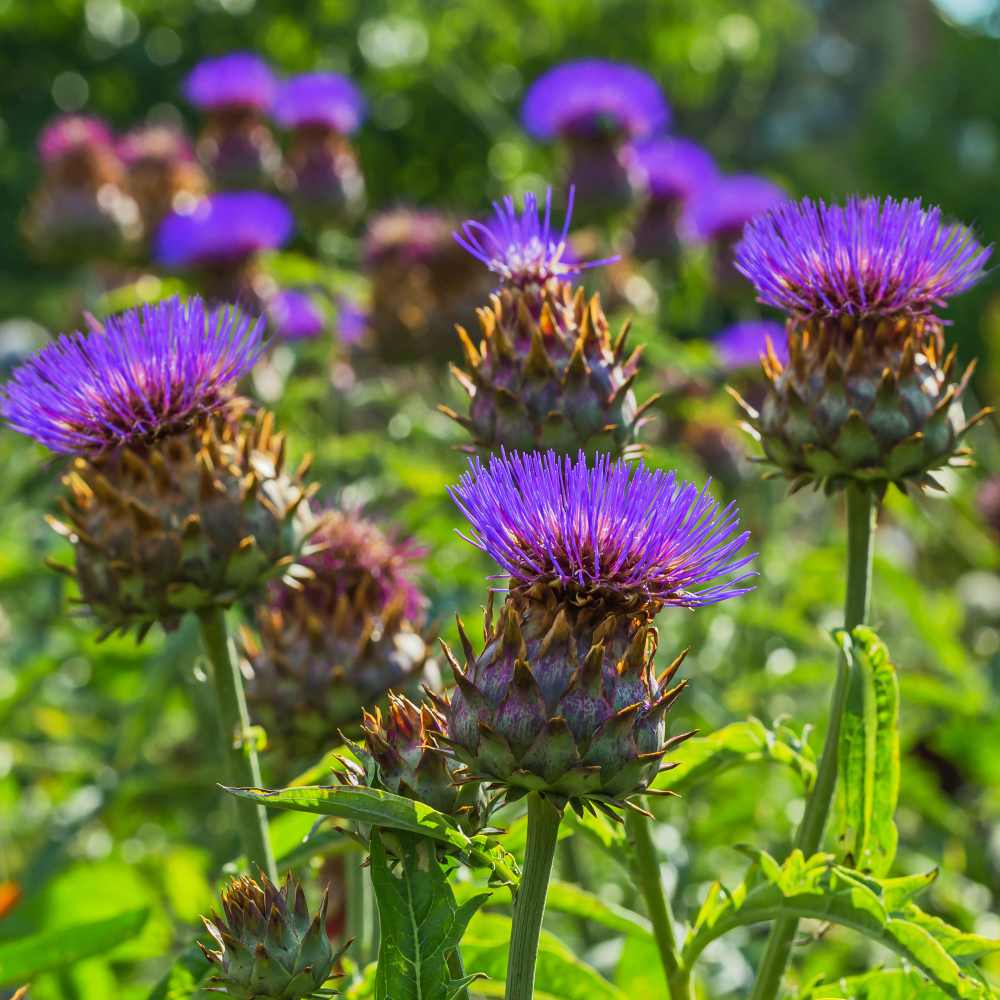
Eryngium Planting and Care Guide
Quick Facts About Eryngium
Eryngium is a genus of flowering plants that includes the popular Sea Holly. Eryngium is known for its thistle-like flowers that are a striking feature in any landscape.
Planting Time
Eryngium is best started outdoors in the spring after all danger of frost has passed. For some varieties, a cold stratification of the seeds is ideal.

Planting Location
Grow Eryngium in an area of full sun in average soil that drains well.
How to Grow Eryngium
- Eryngium seeds can often benefit from a cold stratification treatment before planting. This can be done manually by mixing the seeds in soil in a plastic bag and placing them in the fridge for a few weeks. However, this can also be performed naturally by planting the seeds in early spring to allow late frosts to prepare them for germination.
- For outdoor sowing (recommended due to Eryngium's taproot), first prepare a permanent seedbed by removing weeds and breaking up soil.
- Surface sow 5-6 seeds per plant at a spacing of 18 inches between plants, then press into soil without covering: light is required for germination.
- Keep seeds moist until germination. Under proper conditions, seeds should germinate in 3-4 weeks, but it may be longer and more erratic.
- Once seedlings have their first few sets of true leaves, thin to the strongest seedling.
- Although less ideal, seedlings can also be started indoors in small pots. Established seedlings will need to be hardened off by acclimating to cold conditions in a sheltered location outdoors before being moved to their final growing location. To accommodate Eryngium's taproot, transplants should be performed as soon as seedlings are established.

Care And Maintenance
- Keep weeds under control during the growing season. Weeds compete with plants for water, space and nutrients, so control them by either cultivating often or use a mulch to prevent their seeds from germinating.
- Mulches play a vital role in preserving soil moisture and ensuring consistent soil temperatures. When it comes to annuals, using organic mulch made from shredded leaves not only enhances the appearance of the bed but also enriches the soil as it decomposes over time. Remember to keep mulch away from the plant stems to avoid potential rot issues.
- Eryngium only needs to be watered during dry spells, and is quite resilient.
- Erigeron doesn't mind poor soil, and fertilization is unnecessary.
- Deadheading spent blooms will prolong flowering, and the crown should be cut back to only a few inches tall in preparation for winter. However, the dried foliage and flowers do look attractive, so they can be left standing if desired.
- Remove foliage litter in order to prevent rot, and apply a mulch in areas with intense winters.




































